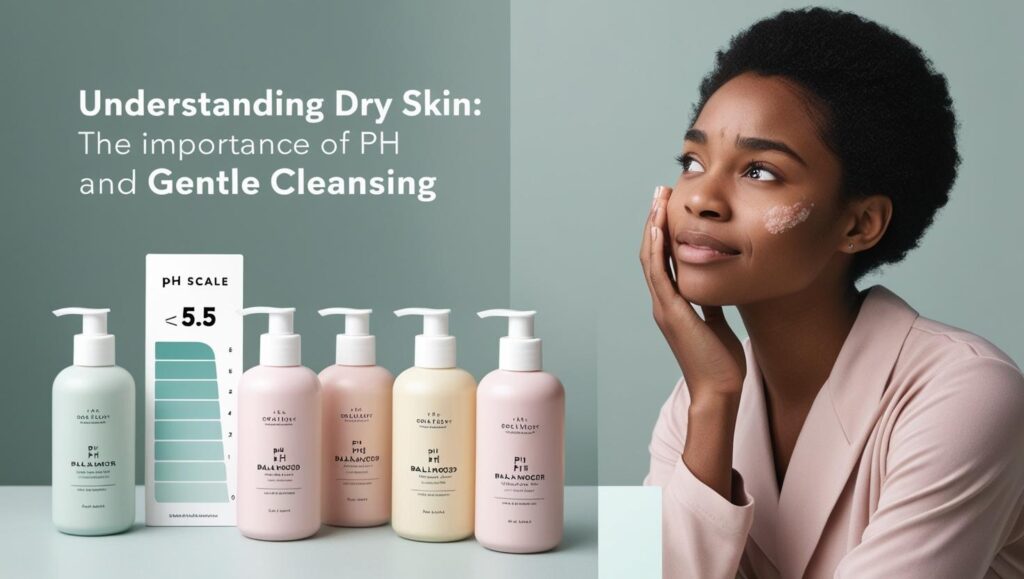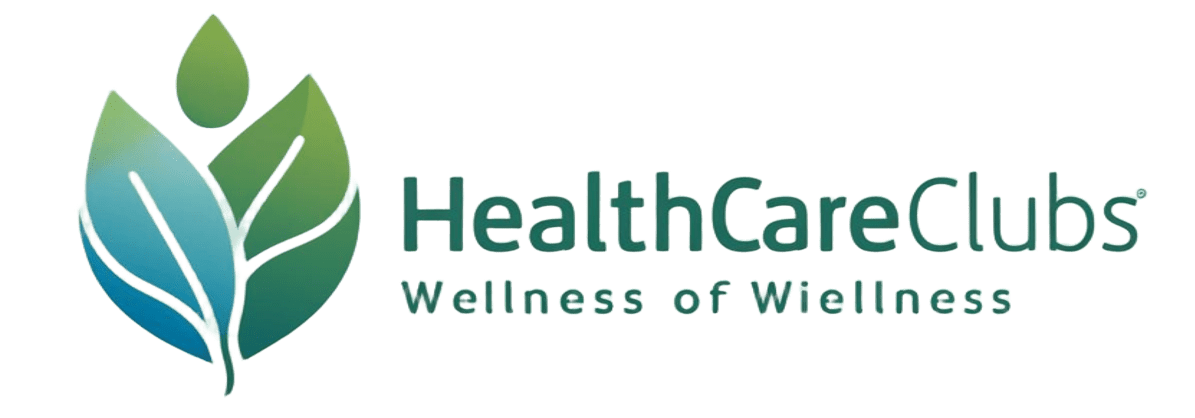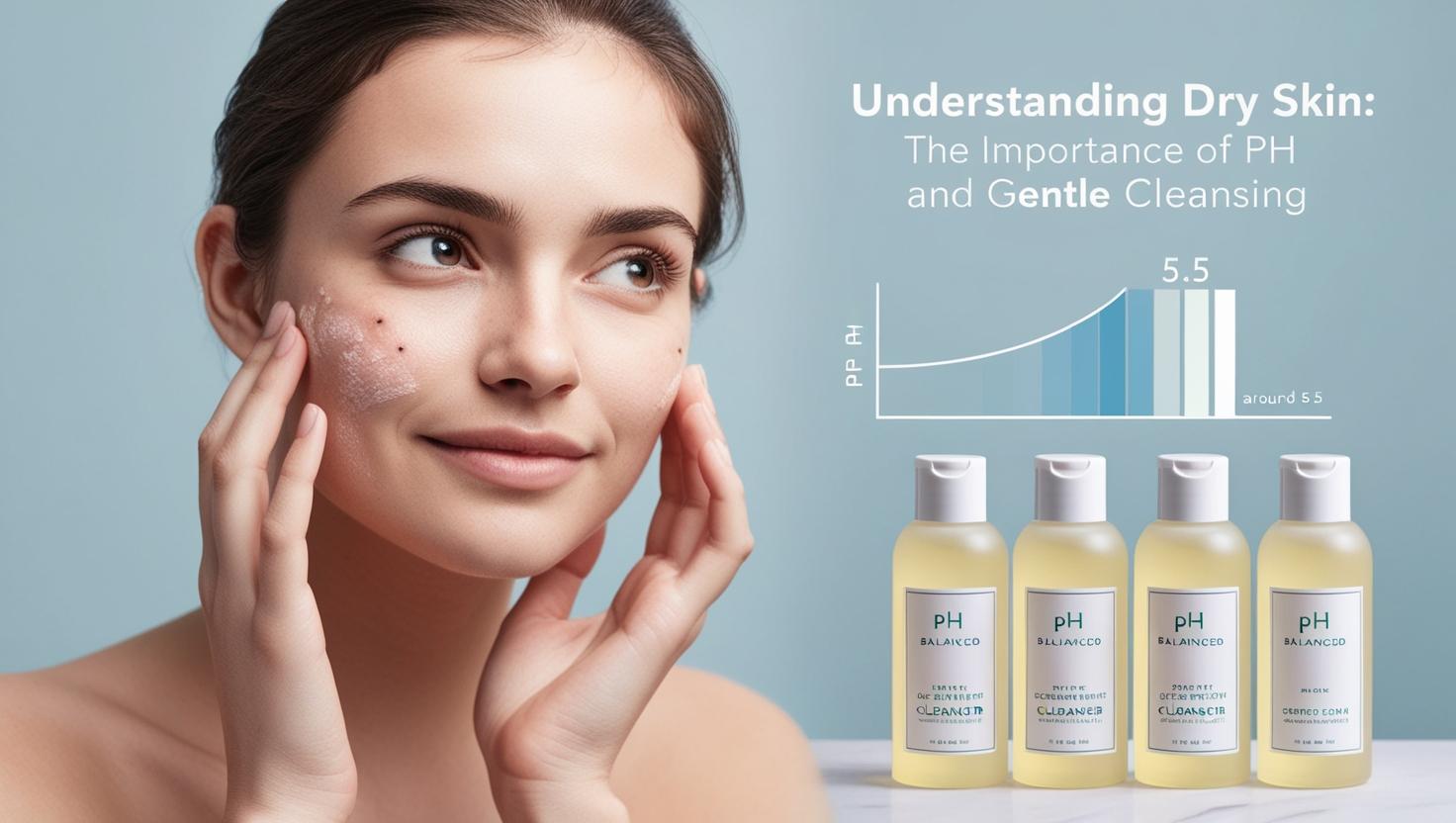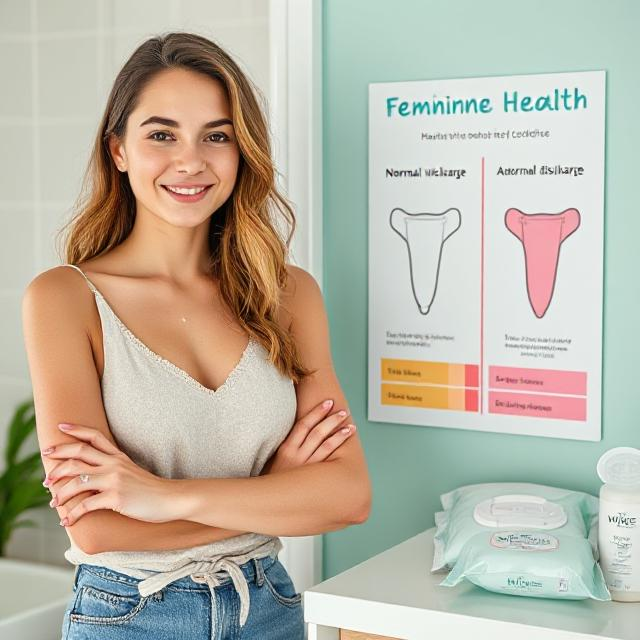We use soap daily, oftentimes without a second thought—but what if your “cleansing” routine is doing more harm to your skin than good? Most commercial soaps contain harsh chemicals that remove moisture, disrupt the natural balance of pH, and even result in chronic irritation.
In this guide, we will reveal: ✔ HIDDEN HARMFUL INGREDIENTS OF SOAP ✔ Signs that your soap might be bad for your skin ✔ Healthier options to achieve a natural glow
Let’s get started

5 Signs That Soap Is Damaging Your Skin
1. Dry, Tight Skin After Shaving
Why it occurs: Most soaps use sulfates (SLS/SLES), which remove natural oils and leave the skin dry. Switch to sulfate-free cleaning products or cream-based soaps. Is Your Soap Harming Your Skin?
2. Redness or Itch
Common suspects: Fragrances (usually synthetic irritants Alcohol (dries out and irritates skin
✅ Use fragrance-free and hypoallergenic soaps such as Cetaphil or Dove Sensitive Skin.
3. Acne or clogged pores
Surprising reality: “Antibacterial” soaps can actually destroy beneficial bacteria, destroying your skin’s microbiome and leading to acne.
✅ Choose non-comedogenic (non-clogging pore) formulas
4. Worsening of Psoriasis or E
The issue: Harsh bar soaps contain detergents that irritate sensitive skin conditions.
Try colloidal oatmeal soaps (such as Aveeno) or medical-grade syndets.
5. Dry, lifeless skin
Cause: High-pH soaps (such as traditional bars) disrupt the acid mantle of your skin, creating a rough texture.

✅ Fix: Choose pH-balanced cleansers (5.5–6.5 pH).
Toxic Soap Ingredients to Avoid
IngredientWhy It's BadFound InSodium Lauryl Sulfate (SLS)Strips the oils, irritates the skinParabensHormone disrupters, associated with cancerNumber of commercialTriclosanAntibacterial that harms gut/skin bacteria"Antibacterial" soapsArtificial FragrancesMay cause allergy and dermatitisScented soapsFormaldehydeCancer-causing substance that burnsCertain liquid soaps (pres
Pro Tip: Look for “fragrance-free” and “dye-free” products when checking the
Top Gentle Soap Alternatives
1. Syndet Bars (Dove, C
Why they’re improved: They are gentler compared to conventional soap. Best suited: Dry/sensitive skin
2. Natural Soaps Based on Oils (Aleppo
Why they are better: Formulated using olive/coconut oil for hydration. Suitable for: Dry, ecz
3. pH-Balanced Liquid Cleansers (Cer
Why they’re better: They match skin’s natural acidity. Ideal for: Acne-prone skin
4. Micellar Water (Bioderma, Garnier)
Why it’s best: No-rinse, ultra-g Best for: Delicate facial skin.
How to Test If Your Soap Is Safe
The Foam Test
Such soaps tend to contain harsh SLS. Low foam = generally more gentle.
The Tightness Test
If the skin is tight when washed, your soap is too drying.

The pH Test
Use pH strips (ideal: 5.5–6.5).
DIY Soap Recipe for Sensitive Skin
Humanity
1 cup melted shea butter Half cup coconut oil 2 tablespoons honey (anti-bacterial) 5 drops of lavender oil (soothing)
Blend oils and honey. Pour into mold, refrigerate overnight. 2–3x a week untuk kulit lembut, dile
Conclusion: Is It Time to Toss the Soap?
Use it as long as Your skin is in balance and well-hydrated. Free of sulfates, parabens, and fragrances,
❌ Toss it if: You observe dryness, redness, or a breakout. It includes SLS, triclosan, or formal
Have you had skin problems due to soap? Write about it below! 🧼 Save this post to check your soap labels later!







